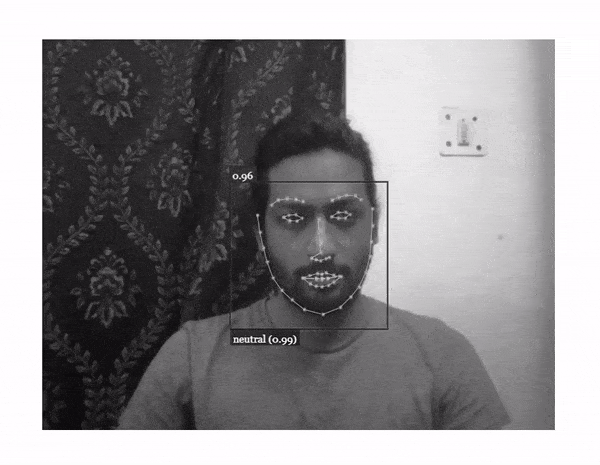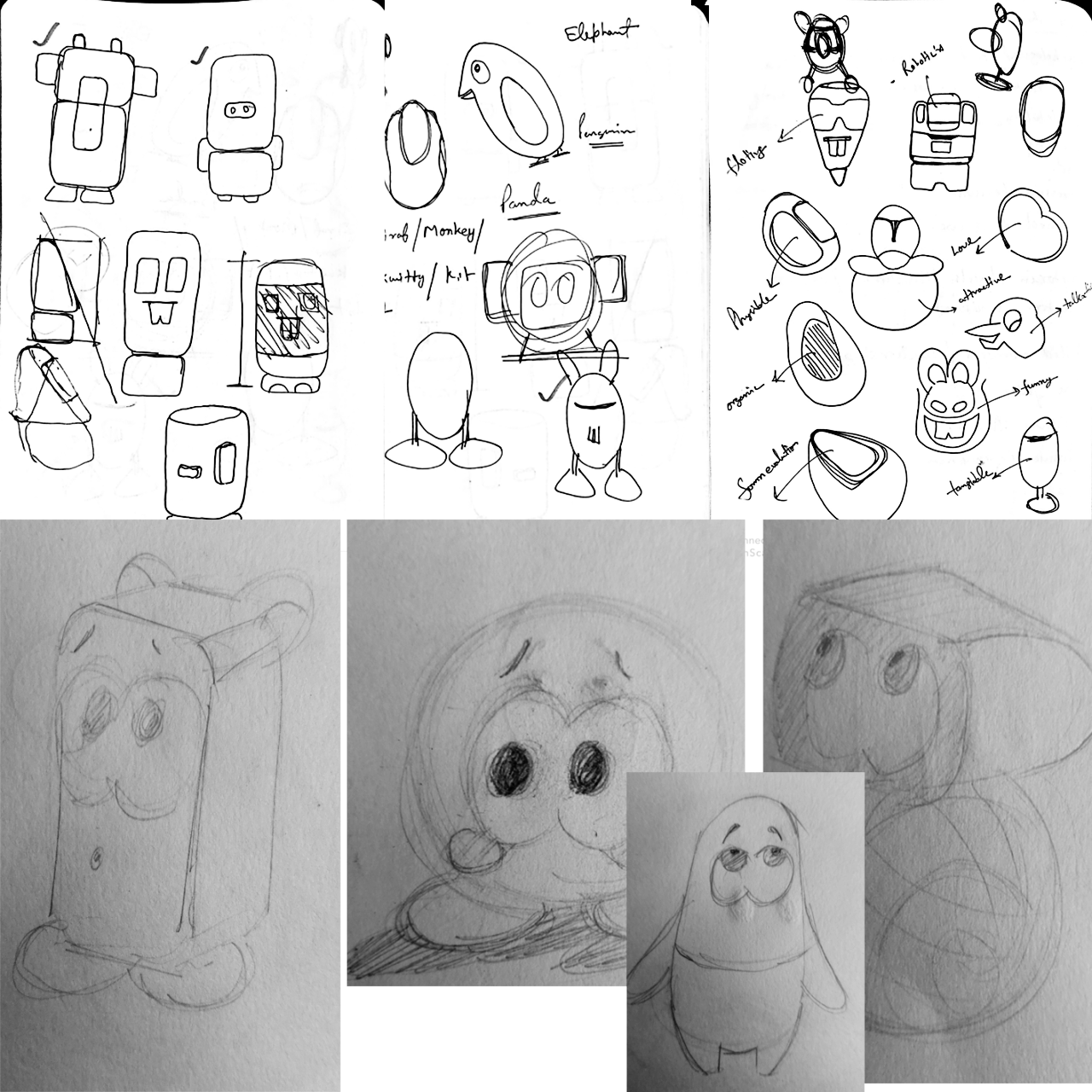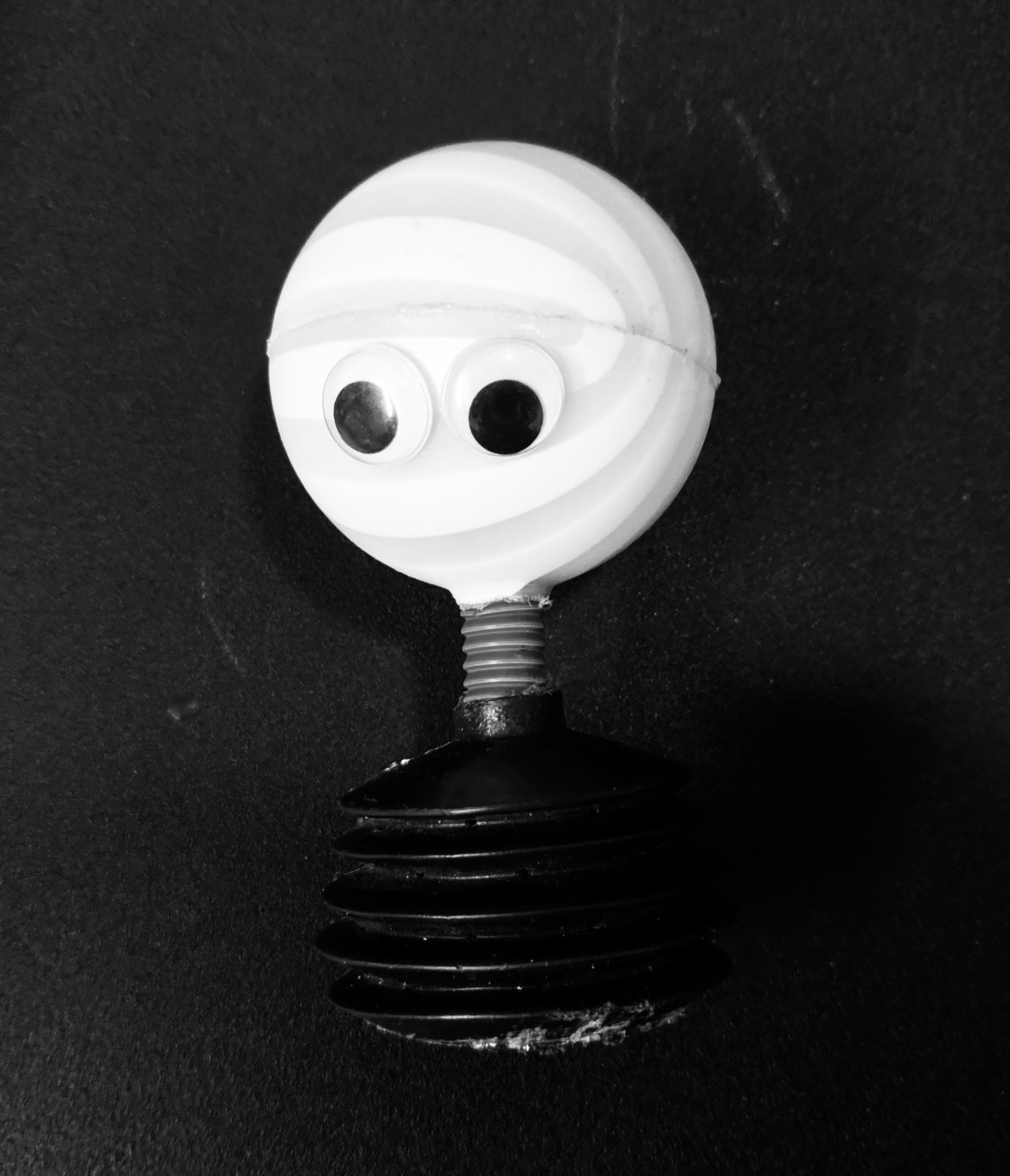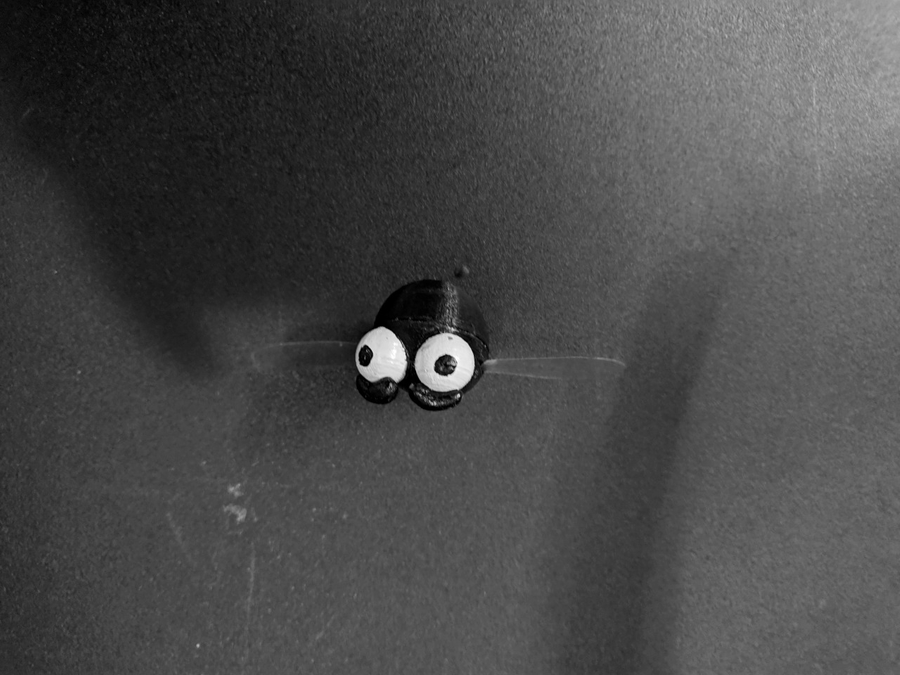Juno
An interactive storytelling robot for early constructive childhood intervention
Role: Lead Author, Hardware & Software
Duration: 4 weeks (2020)
Accolades: Finalist, HRI Student Design Competition
Duration: 4 weeks (2020)
Accolades: Finalist, HRI Student Design Competition
Brief
Childhood adversities can profoundly shape adult life, leading to psychological and behavioral challenges. Such experiences during the foundational years are connected with heightened risks of conditions like depression and anxiety. Stories, however, play a transformative role in a child's cognitive growth, nurturing empathy, imagination, and divergent thinking. In this work, we delve into harnessing the power of storytelling through an interactive toy—a "transitional object"—to assist children in navigating and comprehending stressors during their developmental years.

Who is
Juno?

Juno is more than a plaything; it's an empathetic ally in a child's world that helps children express and understand their emotions. Using advanced computer vision and machine learning, it reads both verbal and non-verbal cues to gauge a child's emotional state. When it detects emotional challenges, Juno draws from its story database to share relevant tales that offer comfort and guidance. Parents stay connected through an app that monitors their child's emotional well-being, providing insights and alerts for timely intervention. Through its engaging design and patient listening, Juno creates a safe space where children feel understood, while helping prevent minor emotional challenges from growing into larger issues.
Scenario





Prototyping
Detecting Emotions
Creating Juno involved a deep dive into the world of emotional recognition. We aimed for a seamless blend of technology and empathy, ensuring that Juno didn't just detect but truly understood a child's emotions.
![]()
Creating Juno involved a deep dive into the world of emotional recognition. We aimed for a seamless blend of technology and empathy, ensuring that Juno didn't just detect but truly understood a child's emotions.

1. Visual Understanding: We utilized advanced computer vision to capture facial expressions and body language. This enabled Juno to discern the subtle shifts in a child's mood, from joy to distress.
2. Voice Analysis: Beyond just listening, Juno processes speech using natural language processing. This allows it to pick up on the sentiment behind words, recognizing the underlying emotions from a child's tone and choice of words.
3. Integrative Approach: By combining facial recognition with tone analysis, Juno offers a holistic understanding of the child's emotional state. We harnessed machine learning and integrated IBM Watson's capabilities to enhance this interaction, ensuring Juno's responses are timely and empathetic.
At its core, Juno is powered by a curated technology stack: Node JS, Python, IBM Watson, and FaceApiJS. This ensemble ensures that Juno stands out, not just as a toy, but as an emotionally attuned companion.
2. Voice Analysis: Beyond just listening, Juno processes speech using natural language processing. This allows it to pick up on the sentiment behind words, recognizing the underlying emotions from a child's tone and choice of words.
3. Integrative Approach: By combining facial recognition with tone analysis, Juno offers a holistic understanding of the child's emotional state. We harnessed machine learning and integrated IBM Watson's capabilities to enhance this interaction, ensuring Juno's responses are timely and empathetic.
At its core, Juno is powered by a curated technology stack: Node JS, Python, IBM Watson, and FaceApiJS. This ensemble ensures that Juno stands out, not just as a toy, but as an emotionally attuned companion.





